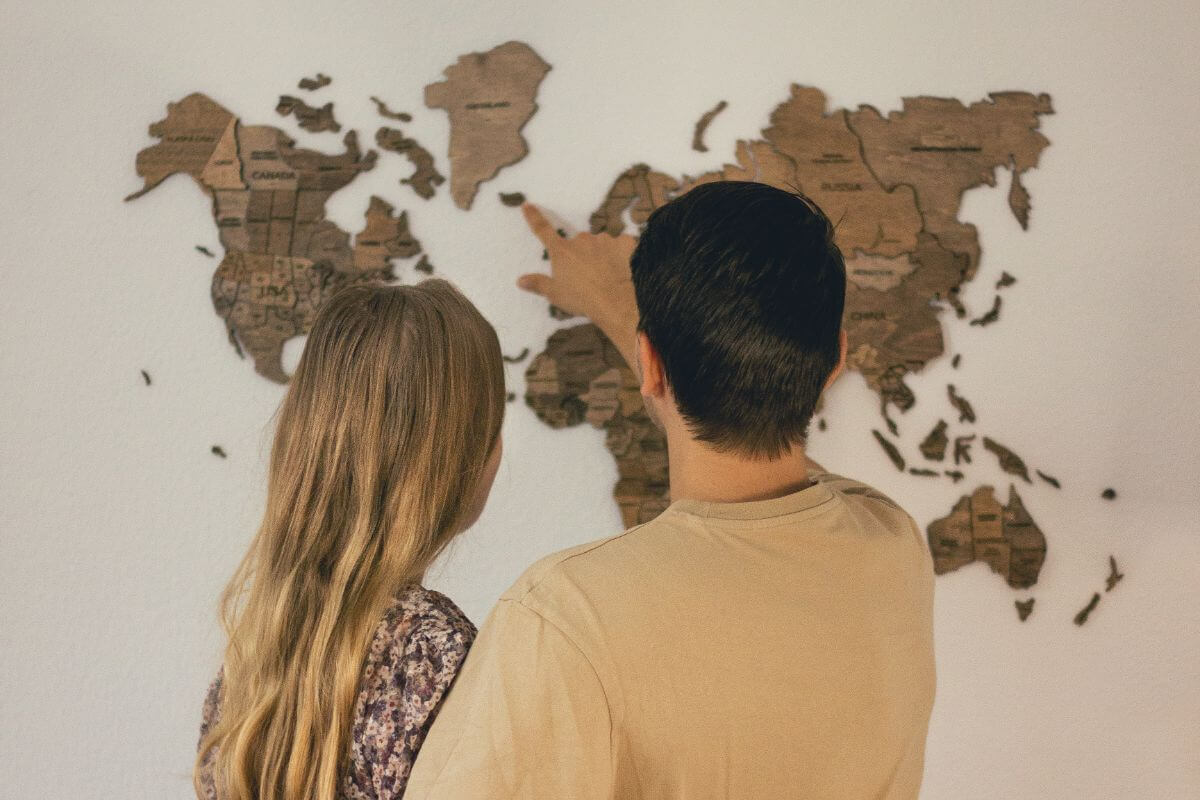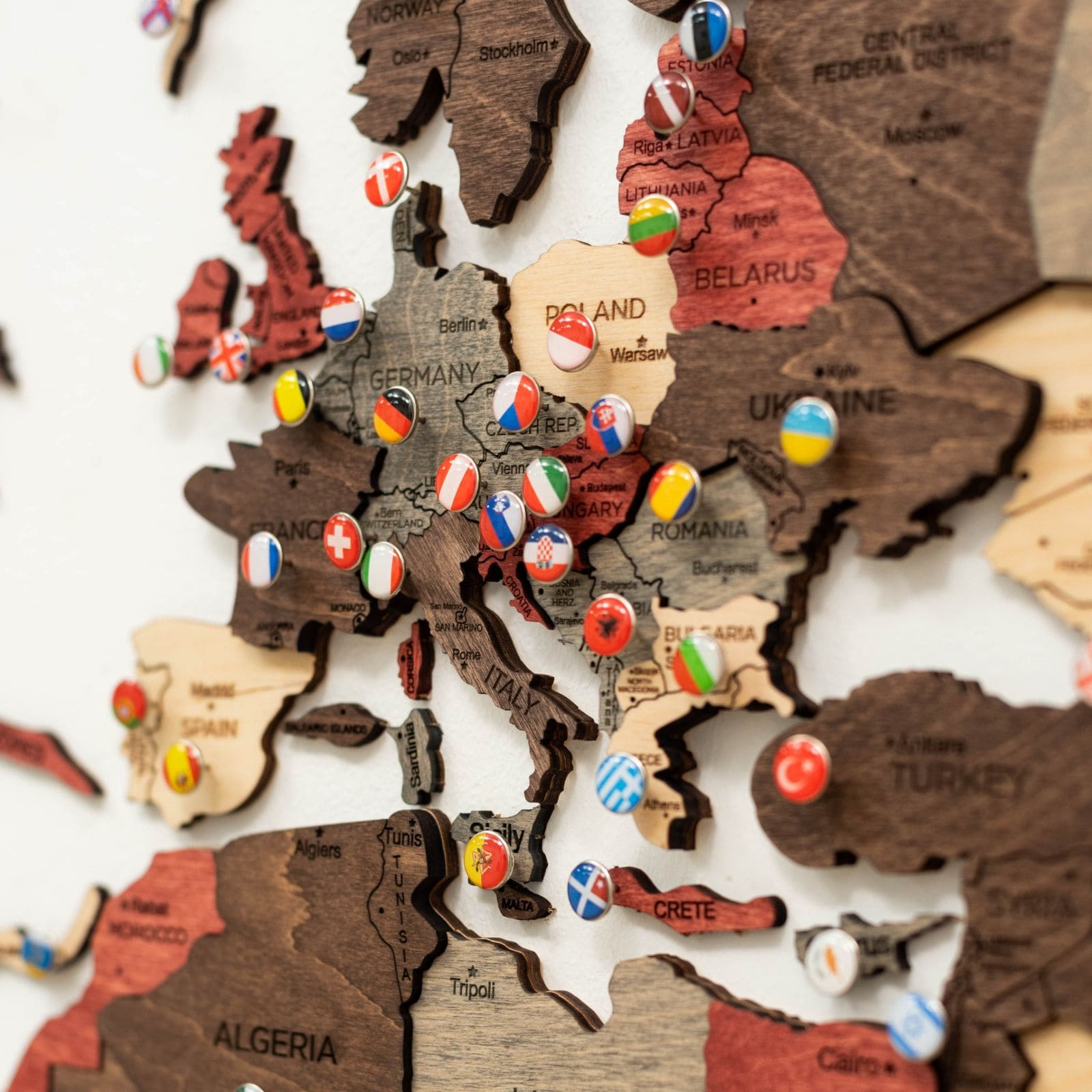The term “sustainability” has been around for more than 30 years, but it seems most people are only now beginning to get a grip on it. Perhaps, we’re finally ready to start caring more about the environment and bring the term and what lies behind it into our lives. In this article we’ll be diving a bit deeper into the basic principles of sustainable living and specifically — how It can be brought into our homes and interiors.
So, what is sustainability?
Well, the main word you need to keep in mind is “responsibility”. For hundreds of years we’ve been working on creating better, more efficient and cheaper in production goods, while neglecting the environmental risks and effects these advances are having on the planet. Now the focus has shifted from fast and cheap production to creating higher quality products with longer lifespans which also use less earth’s resources. While also improving small things like the amount of plastic used in packaging and recycling.
The question is: how can we apply this to interior design?
Let us suggest three simple things.
Start small
Yes, it’s almost impossible to produce zero waste and build a home without any unrecyclable parts, but this is not what being responsible it’s about. Start small, pick the things that will be the easiest to do first and try them one by one. See how it goes, make it a habit, then try others.

Strategize
Buy smart, think ahead. While shopping for furniture and decor search for better materials and eco-friendly brands, educate yourself, learn what will serve you longer and pick wisely. Don’t do impulsive shopping.
Invest
While solid wood furniture and things made from recycled materials cost more than some regular ones, you know they will look better and stay in great condition for years. As they were produced with much less collateral damage to the environment — so try to buy fewer items but make sure they are worth your money.

Now, let’s talk about practical matters! Here are 4 tips on creating a more sustainable household.
-
Learn to use sunlight as a material and save electricity
The one free resource we often forget about — sunlight. Take it into account when you’re planning a house: build less walls, create open spaces, don’t be stingy with windows.
Energy consumption is one of the major factors in climate change and lighting is a big part of it. A good thing would be to switch to LED light bulbs, which use at least 75 percent less energy than incandescent bulbs, and last around 25 times longer.
-
Reduce waste
If you start taking into account the amounts of waste we produce each day, you will immediately start changing your consumption patterns and with time it’ll become second nature to you. In interior this means buying from brands that use eco-friendly packaging, recyclable and recycled materials, are promoting sustainable sourcing and care about the environment.
Using upcycled decorations and furniture in your interior is also a great way to be more sustainable. And buying antiques is one of the most pleasurable yet environmentally friendly choices you can make for your home. Even if you're not the biggest fan of the idea of using someone’s old armchairs, you can definitely find some nice chandeliers, vintage wooden tables and other great pieces for your home. Antiquing saves a lot of resources and significantly reduces the amounts of new waste.
-
Use more environmentally friendly materials
An important point in choosing furniture should be the materials it’s made of. Buy more things that are easy to recycle or, even better, furniture that is already made from recycled materials. These will be glass — an endlessly recyclable material, recycled aluminium, plastic, cork, concrete and cardboard. Choose materials that are quickly renewable such as fast-growing bamboo. Buy from those, who create furniture in a responsible way. There are standards and certifications that will help you with that.

-
Invest in longevity
Instead of blindly following the latest trends, buy pieces that you know will serve you and make you happy for years to come. The idea of designing for longevity is to create durable and timeless spaces and stop trying to change the whole interior every 5 years. Don’t buy things that you will want to throw away in a year, either because you are sick of them or because they wear & tear quickly. Choose quality over quantity, pick simple and versatile basic furniture pieces that will look good in different interiors if you decide to paint the walls or move them to another room. Look into the compositions and materials, pick items that can be repaired piece by piece, modified or upcycled when you don’t need them, not thrown away.
Hope our little guide will help you start off your responsible journey!
We think these items will be a great little sustainable investment for your home:




















Leave a comment
All comments are moderated before being published.
This site is protected by hCaptcha and the hCaptcha Privacy Policy and Terms of Service apply.